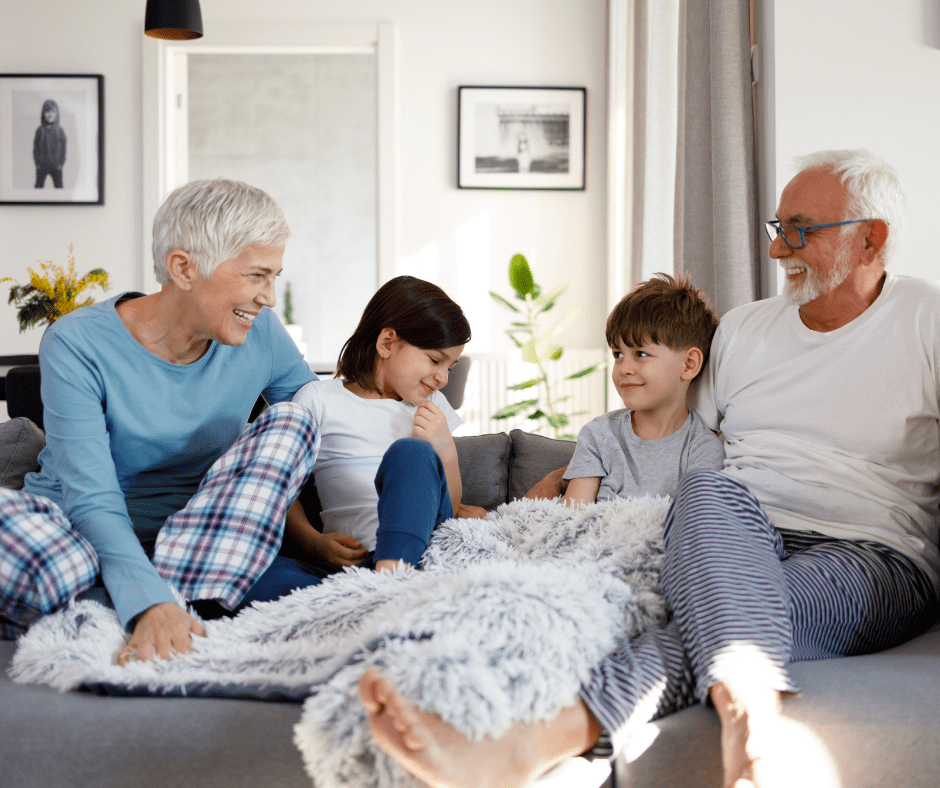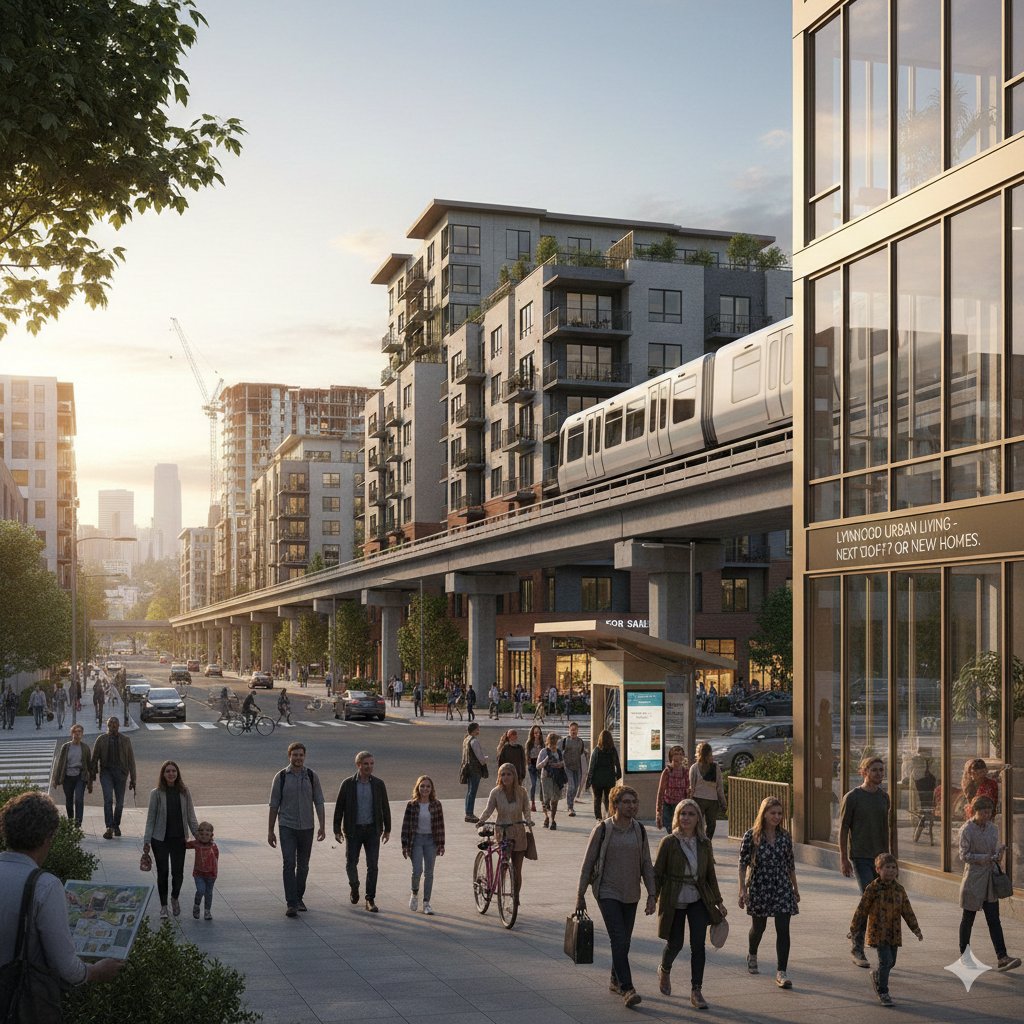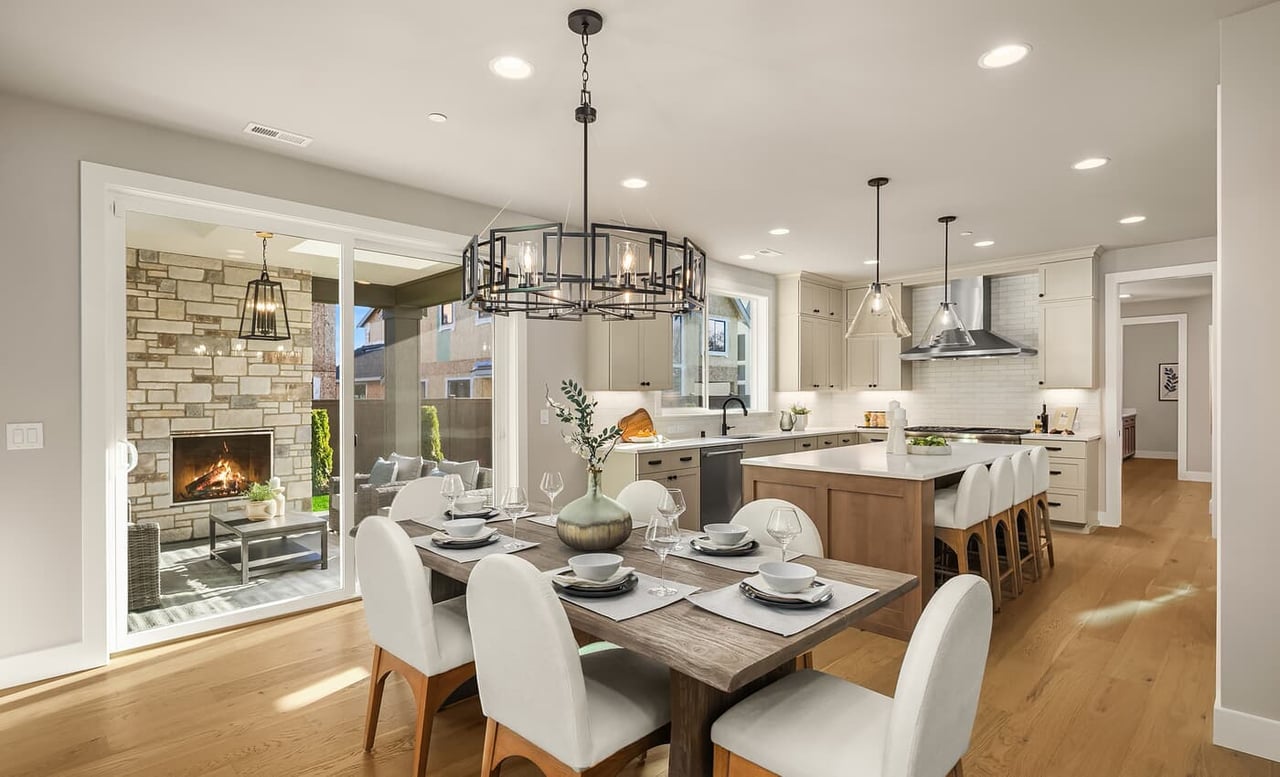
The Rise of the Multi-Generational Home: A Growing Trend in Modern Living
Blog Kristi Jenkins August 9, 2024

Blog Kristi Jenkins August 9, 2024

Blog

Blog

Blog

Blog

Blog

Blog

Blog

Newsletter

Blog
With a 20-year total of more than $100M in sales, her experience shines through. Whether she’s working with first-time home buyers or seasoned investors in a complex deal, Kristi walks through each stage of the home sale and makes sure you feel supported and understood.